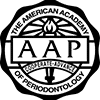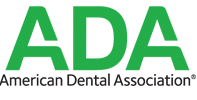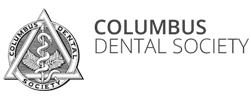Archaeologists have successfully sequenced DNA from fossilized dental calculus on 700-year-old teeth. Christina Warinner and colleagues describe in the American Journal of Physical Anthropology how they found 25 times more DNA in calculus than ancient teeth or bone, in hopes that information can be obtained about the ancient world of native North Americans. Most archaeological DNA research involves using chips of teeth or bone, pulverizing it, and then extracting DNA from the resulting powder. With calculus, the calcium phosphate in the saliva solidifies with the plaque and deposits in layers, thus trapping bacteria, food, human DNA, and proteins in the calculus similar to bugs in amber. Calculus was removed from six Oneota Native American skeletons buried about 700 years ago at a site called Norris Farms in central Illinois. Warinner discovered enough human DNA from the samples of calculus to sequence the entire mitochondrial genome of each of the six individuals. That took just 20 milligrams of calculus, which would be about the size of a grain of rice. The results from the calculus matched a previous study of the genomes done on the chips of bone and teeth of three of the individuals. Warinner states “This is the richest source of ancient DNA that’s ever been described…. I was doing a happy dance.” This information from mitochondrial DNA can reveal clues about genetic diversity in North American prehistory, such as how populations migrated over time.

 Dr. Sakamoto
Dr. Sakamoto
 Dr. Mannava
Dr. Mannava
 Our Team
Our Team
 FIRST VISIT
FIRST VISIT
 PATIENT FORMS
PATIENT FORMS
 DENTAL INSURANCE
DENTAL INSURANCE
 POST-OP INSTRUCTIONS
POST-OP INSTRUCTIONS





